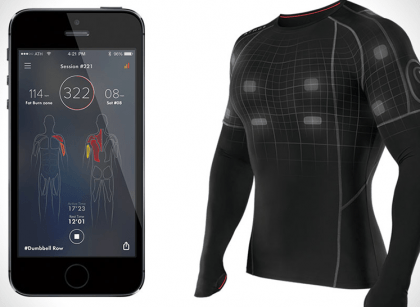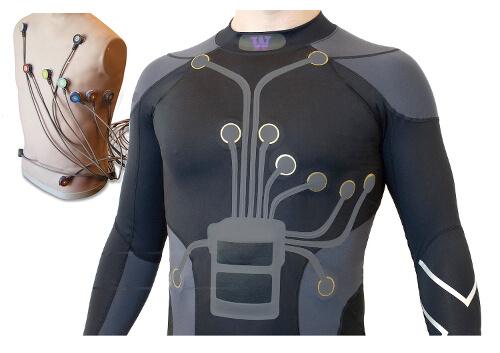Smart clothing technology is shaping the sports industry now, from smart sports facilities, smart sports equipment to smart sport wears.
A similar influence is expected in medical science and the treatment or management of illnesses.
There are already smart clothes manufactured for therapeutic purposes. Certain body functions can now be monitored with smart clothes via a smartphone.
With medical smart clothing, it would be easier for doctors to manage their patients in the future.
The doctors can recognize the need for therapy, the type of therapy that’s required automatically with the sensors in the cloth.
Some health monitoring clothes will also be able to adjust the temperature of patients or nourish the skin as required.
If you don’t like taking injections, there may be a possible alternative in this line in the future.
Dressings and plasters that work this way already exist.
Smart Clothing is the Future
Health monitoring garments are not popular yet, it’s by far still expensive and they’re not made for general-purpose yet but we expect this in the next 10 to 20 years.
Experts have attributed the low production of smart fabrics to expensive production. Also, the comfortability of such smart clothes is still a subject of concern.
Above all, the inaccuracy of the sensors still poses a challenge to the health benefits of smart textiles.
The data collected by the sensors in smart clothes must be accurate to be reliable for the treatment and management of illnesses.
Smart textile medical application
Smart textiles in healthcare are centered on clothing with personal care, and for special populations that need emergency support.
For example, there were smart pajamas developed for premature babies to sustain their lives without being on life support.
Instead of the doctors injecting caffeine or other substances into a premature baby to prevent it from stopping breathing, the pajama would release the active ingredient to the child’s skin like a medicinal plaster.
The pajamas differ from the way medicinal plasters work, which usually release the active ingredient evenly over the skin over the long term.
With the newly developed pajamas, doctors can control the number of active ingredients released to the baby’s skin and the duration of the release in a more targeted manner by irradiating it with UV light.
The smart cloth will only release the active ingredient when it recognizes the need for it.
How Smart Clothing works
Smart clothes can use sensors to determine the wearer’s body measurements. This can be detected, for example, through a change in the wearer’s body temperature or the pH value of the skin
If there is a deviation from the normal values, the tissue releases the previously prescribed drugs accordingly.
At some point, such sensors may also be able to measure blood sugar or blood pressure values.
The drug can be embedded in the polymers in the smart cloth When triggered by a stimulus, the cloth secretes the medicine onto the skin.
In doing so, they not only react to signals from the body but also consciously set stimuli due to UV radiation or pressure.
It is still unclear whether such items of clothing will require a prescription. It also depends on the medicine.
Conclusion
Smart fabrics are a great potential for therapeutic medicine in medical science.
Smart clothes will help both children and seniors, people with cerebral palsy or problems with mobility to get their medication properly and at the right time.
This is especially true for people with Alzheimer’s or other memory decadence-related illnesses.
The clothing can then possibly enhance their quality of life, however, smart clothes can not be passed on as they could be hazardous to a normal person’s health.
Another area of concern is the washing of smart clothes, but this will definitely be fixed in the future.












